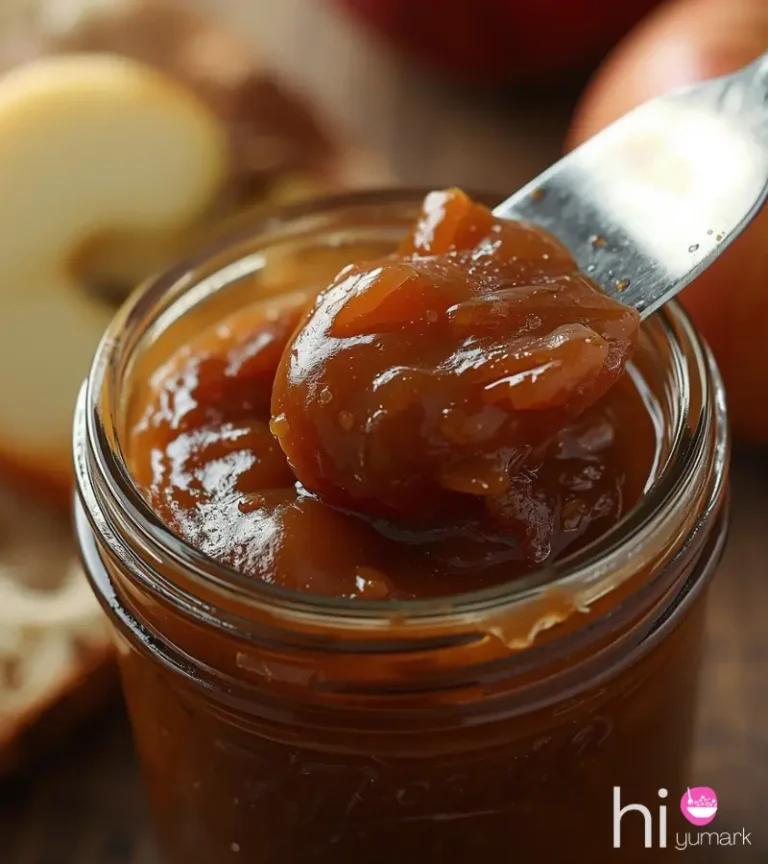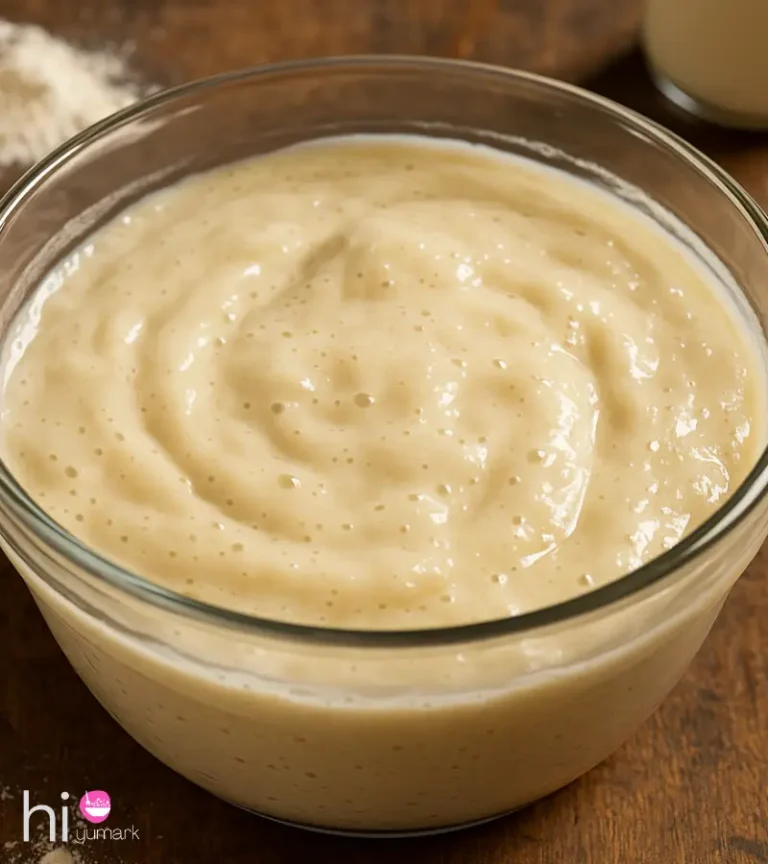Why Is Amish Sourdough Starter So Resilient?
If you’ve ever baked with an Amish sourdough starter – often called an Amish Friendship Bread starter – you know it’s nearly impossible to kill. The short answer? It’s loaded with milk and sugar, plus a little commercial yeast at the start. That combination creates a nutrient-rich, microbe-friendly environment that can bounce back even after months of neglect.
Compared to traditional sourdough, this starter has a head start. The added ingredients feed yeast and good bacteria longer, while acids and alcohol naturally protect it from bad microbes. Even if it looks sad or smells strong after sitting in the fridge, a few feedings usually bring it back to life.
In this guide, we’ll break down why Amish starters are so forgiving, how to store them, how to spot problems, and exactly what to do if yours needs a rescue.
What Makes an Amish Friendship Bread Starter Different from Regular Sourdough?
Traditional sourdough is just flour and water, fed regularly to maintain wild yeast and lactic acid bacteria. An Amish starter begins with flour, sugar, milk, and a pinch of commercial yeast.
That means:
- It’s sweeter from the start.
- It has more food sources for microbes.
- It begins fermenting faster thanks to added yeast.
Where sourdough can be finicky about temperature, feeding schedules, and hydration, the Amish version is more forgiving. The extra nutrients give it a buffer against mistakes.
How Do Extra Ingredients Boost Resilience?
Sugar feeds both yeast and lactic acid bacteria, keeping them active longer between feedings. Milk brings proteins, natural sugars, and minerals. Together, they create a rich growth medium that encourages a robust microbial community.
Commercial yeast also adds predictability. Instead of waiting days for wild yeast to populate, the starter begins strong. That strong population can fend off spoilage organisms better than a slow-starting wild yeast culture.
The Role of Hooch, Alcohol, CO₂, and Lactic Acid
If you see a thin brown liquid on top – called hooch – it’s a sign your starter is hungry, not dead. Hooch is alcohol made by yeast when it runs out of sugars.
Here’s why it matters:
- Alcohol and acids from fermentation create a hostile environment for mold.
- CO₂ keeps the starter airy, signaling active fermentation.
- Lactic acid adds tangy flavor and helps preserve the culture.
Far from being a bad sign, these byproducts are proof your starter is still alive.
What Reddit Bakers Say About Starter Durability?
Bakers often share wild stories:
- “I ignored mine for 9 months. Fed it once. Good as new.”
- “It will survive a nuclear apocalypse.”
Real-world experience backs the science – these starters are incredibly forgiving. They can handle long breaks and still produce healthy, bubbly dough.
How Fridge or Freezer Storage Helps Preserve Starter?
Fridge storage slows fermentation so you can feed every 7–10 days instead of daily. This is the go-to method for most home bakers.
Freezing pauses fermentation almost entirely. An Amish starter can handle up to 3 months in the freezer without major quality loss.
| Storage Method | Feeding Interval | Max Safe Time | Notes |
| Room temp | Daily | N/A | Best for active baking periods |
| Fridge | Every 7–10 days | 3–4 weeks | Discard if mold forms |
| Freezer | None | 3 months | Thaw and feed twice before baking |
Feeding Practices That Keep a Starter Tough
For the classic Amish schedule: feed every 10 days with equal parts flour, sugar, and milk. Stir well, let sit at room temp for a few hours, then store.
Consistency matters. Regular feeding keeps the yeast and bacteria in balance, preventing over-acidification or off flavors.
How to Tell if a Starter Is Healthy or Spoiled?
Healthy signs:
- Creamy, off-white color
- Sweet, yeasty, or beer-like smell
- Bubbles after feeding
Warning signs:
- Pink or orange streaks
- Fuzzy mold
- Sharp, acetone-like smell
If you see mold or pink streaks, throw it out. No amount of feeding will fix contamination.
How to Revive a Neglected or “Dead” Starter?
- Remove hooch if there’s a lot.
- Feed with equal parts flour, sugar, and milk.
- Let sit at room temp 6–8 hours.
- Repeat feeding the next day if it’s still sluggish.
Many “dead” starters wake up after just one or two feedings.
Conclusion
Amish sourdough starters are resilient because they’re rich in nutrients, start with a strong yeast population, and create their own protective environment. That makes them far more forgiving than traditional starters.
With proper feeding and storage, they can handle months of neglect and bounce back quickly. Even beginners have a high success rate.
So, if yours looks tired, don’t give up. A little care can bring it back – and once you know how tough it is, you’ll never stress about missing a feeding again.
Read related Amish recipe queries






